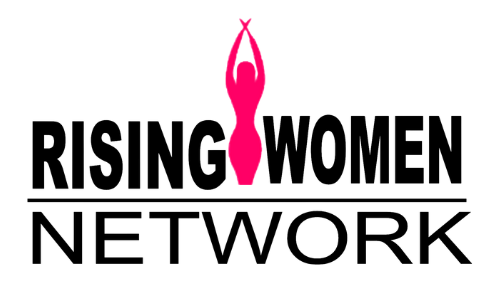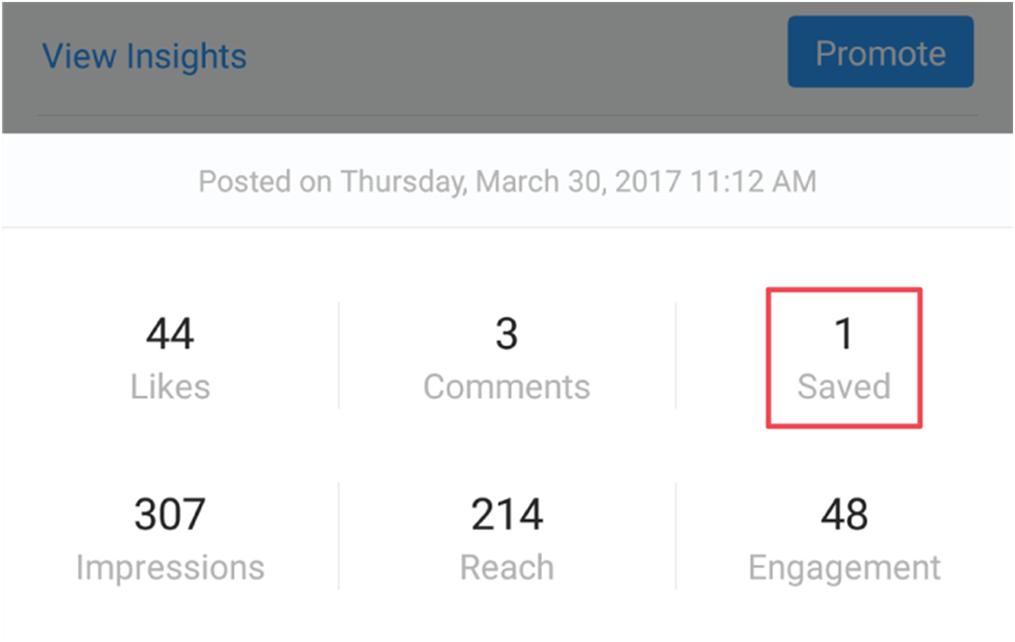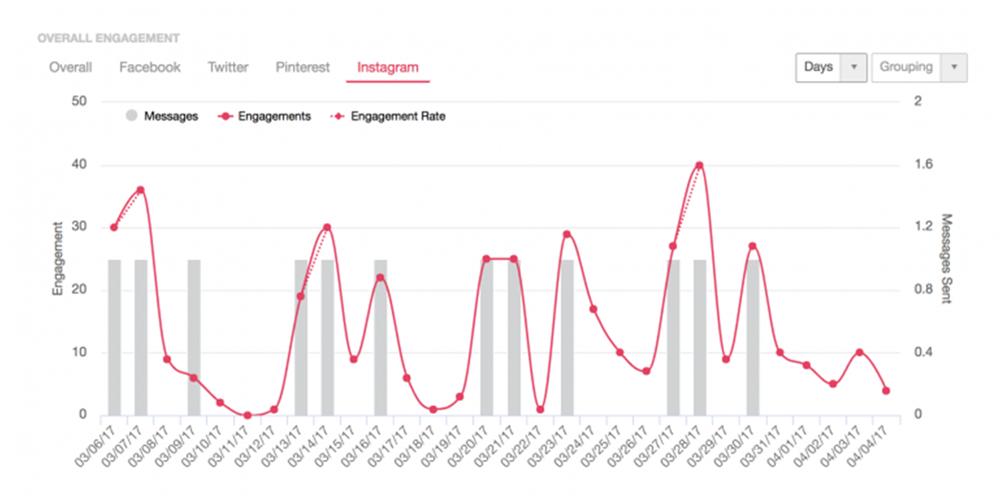On an average day of Instagram, 80 million photos are shared. 80 million!
No wonder Instagram has doubled in the last two years with its highly visual nature among such an actively engaged community of users. Among such a lively feed of content, it may be nerve-wracking trying to figure out where your business fits in, but it doesn’t have to be so.
So, with that, let’s dive in!
Why You Need Instagram Analytics
Data allows us to make better, smarter decisions for both our business and our audience.
As Instagram continues to grow with over 400 million daily active users, that’s a pretty great opportunity to reach and draw in not any audience, but the right audience. Without analytics, an Instagram post is a shot in the dark amidst the great clutter of all the other millions of photos, but with analytics, a path becomes clear and a strategy can be made.
Let’s get started by introducing all of the analytics out there, and find which one matters most for your specific audience and goals.
17 Important Instagram Analytics To Look For
You may be thinking… 17? 17 analytics I have to keep track of? And the answer is no.
In order to have an awesome Instagram strategy, there’s only a few, key analytics to keep track of. But it completely depends on your goals.
To help decipher which ones suit your goals best, here’s a guide to the top 17 Instagram analytics broken down into three key categories.
1 – Profile Analytics
While Instagram profiles are quite limited compared to other social networks, there are three key components you can track with analytics: Follower count, Website clickthroughs, and Profile views.
Follower Growth: Your follower count is located directly between your post and following counts at the top right of your app. This is the most prominent metric across the entire Instagram app, and the very first thing anyone checks when they go to your account. Simply put, this is your audience’s first impression of your account. Because of this, it’s easy to get lost in striving to constantly gain followers. But instead, remember to focus on the right kind of followers. Simply use this metric to keep track of your growth over time.
Website Clicks: The one and only place you can directly guide your audience to, is your website URL in the profile section of your account. As it’s the sole location, having your most prominent URL here is key to gaining traffic to your website. At Rising Women Network, we use this URL to guide our audience to our trial signup page, a most recent blog post, feature announcement, or whatever it may be for that day. Whatever you choose, make sure it’s the most important page you’d like your audience to visit. To track how many of your audience are clicking on this URL, go to your analytics icon in the top right corner and swipe through the metrics on the top. The website clicks will be the fourth and last option.
Whatever you choose, make sure it’s the most important page you’d like your audience to visit. To track how many of your audience are clicking on this URL, go to your analytics icon in the top right corner, and swipe through the metrics on the top. The website clicks will be the fourth and last option.
Profile views: While not everyone chooses to follow your account, you can still track how many profile views you’ve had, plus how that compares to the previous week. This metric can give you an idea of general interest in who you are and what your account is about. In the same swipe location where website clicks is located, you can find this on your third swipe in.
2 – Audience Analytics
Your audience is essential to growing your business and hitting your goals, so with these 7 key audience metrics, you can get to know your audience super well. Check it out:
Age: Oftentimes, businesses will create user personas that have key characteristics of their ideal, target audience, and age is always on the top of the list. Using the Instagram Insights, you can see the exact age range of your Instagram audience! Click the analytics icon in the top right corner, then “See More” under Followers, and boom! It shows the variety of age groups and where your specific audience falls. It can also sort by gender within the age category, so you can see if gender impacts your age range or not.
It can also sort by gender within the age category, so you can see if gender impacts your age range or not.
Use this specific metric to see if your Instagram audience’s age is aligning with your user persona. If it’s not, you may need to change the imagery type or tone of your posts so it becomes consistent with your goals.
Gender: Along with age, gender is another way to get to know your audience. In the same area in your Instagram Insights, it displays your audience’s age ratio. For example, right now, Rising Women Network’s audience is 75% women and 25% men. That ratio is very close to our other traffic, so we know our content is hitting our same target audience across multiple platforms.
Location: Location is a simple metric within Instagram Insights that displays both the top cities and top countries your audience is following from. The location metric is definitely more helpful to some businesses rather than others as some might completely rely on location for their business such as hotels, tourist attractions, local shops, etc.
Active Hours: In the same location as the above under ‘Followers’, you’ll also be able to find the most active hours from your audience. This is the time your audience is checking in on your account the most often, which in return, lets you see what hours are the most popular, and best time to post. Find the hour that fits your audience best, and take advantage of it.
Active Days: Similar to active hours, Instagram Insights will show you the most active days your audience is checking your account. They may vary just slightly, but none the less, there’s always a clear winner.
Instagram Story Impressions: As of August 2016, Instagram released a new feature called Instagram Stories. Similar to the commonly known Snapchat, you can post your daily events in a story that only displays for a 24-hour period time. Businesses can you use these stories for a variety of ways from showing off their team culture, connecting at events, or simply for another way to reach their audience with news and questions.
To find your Instagram Story metrics, go into the Instagram Insights tab via the analytics icon, and scroll down to the Stories section. From there, you can see the impressions on each Instagram story, which represent how many people have viewed your story.
Top Followers: This metric allows you to see which followers are the most valuable to you whether by their engagement, size of account, keyword, location, etc. Knowing your top followers, leads to potential partnerships, cross-promotion, or any other marketing campaigns as you can directly contact those who are already helping you grow. Why not see if there are more possibilities?
While this metric isn’t found directly in Instagram Insights within the app, you can find your Top Followers by using tools like Social Rank. If you click on ‘Followers’, you can sort by most engaged, most valuable, etc.—so pick the one that you’re most interested in, and then a #1-#10 summary list will appear below. Take this list, and reach out!
3 – Instagram Content Analytics
Beyond your account profile and audience analytics, there’s the actual content itself.
Instagram has both image and video sharing, so between the two, there’s so many variables to make your content perform well from the color scheme, visual layout, the written caption, filter, you name it!
Thankfully, the content analytics can give you insight into what posts are working well, and then from there you can analyze what individual variables work best.
Likes: Instagram users ‘like’ 4.2 billion posts per day! This is the simplest way to quickly see the performance of an Instagram post. To ‘like’ a post, your audience clicks the heart icon, and then below that, it shows the number of total likes on that given post. Likes are the easiest way for your audience to quickly scroll through their feed, while still engaging in your content, so this is a great place to start analyzing which content works, and which doesn’t.|
Comments: Comments are the next level of engagement from your audience as they not only ‘liked’ or scrolled past your post, but stopped to say something and voice their opinion. Comments don’t necessarily all come pouring in at once, but rather appear over time as most brands continue to see a majority of comments 18-24 hours after the initial post all the way up to 19 days!
You can find your comments by selecting a given post in Instagram, and then by scrolling to ‘view all # comments’ to see what was precisely said. Instagram now allows users to ‘like’ other people’s comments too, so make sure to jump into the discussion, reply where you see fit, and like the comments you enjoyed most. The Instagram app includes both likes and comments in their notifications feed so that you can track and be alerted of these two analytics as they receive attention.
The Instagram app includes both likes and comments in their notifications feed so that you can track and be alerted of these two analytics as they receive attention.
Saves: Instagram released a new saving feature as of late 2016 that allows you to privately save any Instagram posts that you want to keep for later on. Rather than screen-shotting the Instagram post, you can simply click the ribbon icon in the bottom right of your Instagram post. From there, it will go into your Saved tab that’s located on your profile page.
Instagram insights include this metric within the individual Instagram post. Click ‘View Insights’ directly below your post, and then the amount of saves you’ve received is in the far right-hand. If your content is being added to a saved bucket, you definitely know it resounded with your audience and was something they plan on returning to later on. Nice work!
Impressions: The total impressions on a given Instagram post is the total number of times your post has been seen. This could be from the direct newsfeed that users are scrolling through or through strangers on search. If they’ve simply seen your post, it’ll track an impression. This metric is helpful to see overall viewership, but it doesn’t give any insight on how well your audience engaged or interacted with a given post, so use this one sparingly.
Reach: Similar to Impressions, but slightly different is Reach. Reach is defined by the total number of accounts that have seen your post. While impressions is total number of times, Reach is total number of accounts. This is a good metric to have as we know having the same person viewing the same post over and over doesn’t necessarily equate to success. Reach allows you to see on an account level, to analyze how large your audience actually is.
Engagement: Engagement is the number of unique Instagram accounts that have liked, saved, or commented on your post. Basically, it takes the data from your likes, saves, and comments, and rolls them into one metric for you called engagement. This is an awesome metric to keep track of as most goals often coincide with interacting with their audience. There are several tips and tricks to grow engagement, so try a few and watch your engagement grow!
Top Posts: Lastly, there’s top posts, or rather those Instagram posts that are top performing. Within Instagram insights, you can click on ‘Top Posts’ to see all of your posts sorted by their number of impressions from top to bottom within the last 30 days. While this metric only takes into consideration the impressions or how many times your posts was seen, this can be helpful to see the bigger picture of which posts have the best curb appeal.
Finding the Instagram Analytics That Matter Most
The world of marketing is led by a constant feed of visuals surrounding us, including Instagram. With its ever-increasing popularity and growing feature set, more and more businesses are sharing their stories and reaching their audience through Instagram to grow and achieve their own goals.
Now you can, too!
With the full overview of what metrics there are, and what tools exist to help you measure them, you’re all set. Just take the first step toward creating an Instagram strategy, and you’re on your way to mastery.
Have an Instagram tip you’d like to share with us? Comment below!











